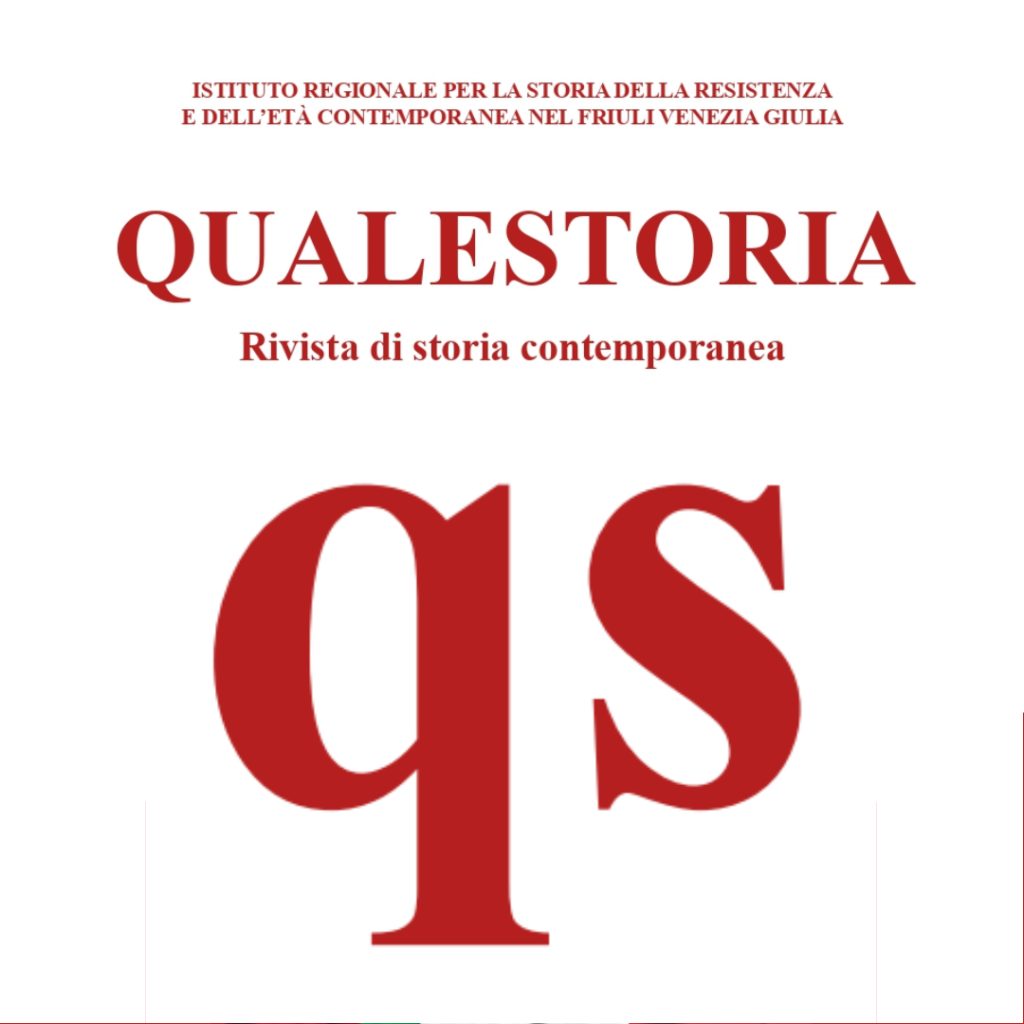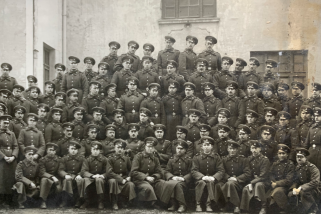Beyond Brezhnevism: Growing Autonomy for Social Groups and Assimilation of Socialist Values
Titles and proposals submission deadline: June 1, 2012
The image of “real Socialism” as an age of “stagnation” is gradually disappearing from studies of the Soviet Union. Indeed the clear cultural and social changes of the Brezhnev era are now part of a revised historiography. Despite the immobility of a political leadership unable to bring any serious reform to a drifting economic and social system, as political repression and ideological control slackened, Soviet citizens created, revived and occupied areas of autonomy.
At the same time, the socio-cultural processes that flourished in 1964-1982 had their own timing that preceded or extended beyond the precise dates of Brezhnev’s rule: this concerns urban planning, the development of tourism, communications and media, and greater access to higher education. The study of these already reported phenomena deserves to be reviewed on the basis of the written and oral sources to which the researcher now has access. Similarly, the recent emphasis on the spread of cross-border patterns of consumption and thought and the increase in international exchanges places the geographical bounds of the Soviet Union in a wider context.
Cahiers du Monde Russe wishes to challenge “Brezhnevism” in two ways, as the incarnation of “stagnation” and as a strictly delineated temporal and spatial framework, unsuited to the study of the profound social, cultural and economic changes that prepared the way for the upheavals of the late 1980s and the collapse of the USSR.
Titles and proposals submission deadline: June 1, 2012
Short project abstracts (500 words maximum) in French, English, Russian or German should be submitted to bb.cmr@ehess.fr. Please, indicate your name, affiliation institution, and e-mail address. The editorial committee will make a short list at the end of June.
Manuscripts submission deadline: April 1, 2013
Under CMR’s academic publishing rules, the articles received (60,000 signs maximum, space characters and notes included) will be submitted anonymously to two external reviewers for assessment. The relevant issue is due to be published in the first half of 2014.
Editors: Marc Elie, Isabelle Ohayon
For additional information, please contact:
Marc Elie, Isabelle Ohayon: bb.cmr@ehess.fr
or Valérie Mélikian, editorial secretary, Cahiers du Monde russe
A few research suggestions:
Pax sovietica? Social control and contestation
Internally under Brezhnev there were no longer the revolts on the western borders of the Stalinist system at its height nor the lively popular discontent found under Khrushchev. The authorities governed using a “moral order” founded on the glorification of the Great Patriotic War and severe punishment of petty crime. However, contestation of the existing order did not disappear: dissidence on the human rights front is the best known, but there was also nationalist, religious, social and cultural contestation. CMR invites contributors to review the opposing pairs of order/disorder, inclusion/exclusion to examine how it was possible for professional networks, social cliques, subcultures and forms of escape, real and virtual, to flourish, often beneath the structures of the regime, without necessarily directly opposing its demands. How can one explain the political stability while areas of plurality and objection were developing?
Soviet patriotism and “republic” consolidation
Under Brezhnev, the regime’s rituals were largely accepted and Soviet patriotism was widespread. The Party expanded, its operations became more conventional and membership became a key element in a career. At the same time, the constituent republics received increased autonomy. However, given the lack of thorough studies, many questions pertaining to this change remain unanswered. For example, it is assumed that a “second indigenisation” changed management policy, but this hypothesis needs to be supported by works in historical sociology. The republics had their own breeding grounds for elites, locally born or trained, Russified members of all nationalities. The “republic” authorities took full advantage of Soviet federalism and indigenisation to establish their own identities. CMR would like to revive the question of the consolidation and stability of these first secretaries’ political teams and open up new research into how greater republic autonomy was asserted. How did relations between the centre and the territories develop at a time when the apparently contradictory pair of loyalty/autonomy was being redefined?
Soviet-style consumer society: social and regional differentiation
Whereas differences of wealth were reduced under “real Socialism”, did not the development of urban habits of consumption and culture encourage a diversity and differentiation of life-styles along geographical and social lines? CMR intends to focus on citizens and their new socio-cultural behaviour. What was happening with the younger generation’s collective initiatives (“tourist” trips, theatre, music and improvisation, kapustniki, kruzhki, sports supporters, etc.)? With artists developing new forms of creation and avant-garde, in some cases in relation with other Socialist and capitalist countries? With greater diversity in food and clothing? Did these practices segment Soviet society, and if so, how?
Country areas too were moving towards greater social and regional diversity. Although central farm policy offered everyone the possibility of living off the proceeds of limited, regulated private property, there were major discrepancies in living and consuming standards, particularly in food. The legal status of private property in rural areas was often stretched in the Caucasus and Central Asia: private livestock and market gardening took on significant dimensions, on the basis of specific social structures, while in European Russia the flight from the land reflected a severe crisis in peasant society. How did the people involved accumulate, consume and distribute the proceeds of private labour outside the legal framework?
Cooperation, competition and conflict
Although in global terms the Socialist system achieved its greatest extension in 1980, relations between the USSR and some Socialist regimes (China, Romania, Albania) deteriorated markedly. Apart from these ups and downs, what else can be said about exchanges between the USSR and the people’s democracies and other Socialist countries? Is the hypothesis of a strengthening of links within the Eastern bloc supported by analysis of tourist trips, university exchanges and scientific and technical cooperation within Comecon?
As far as the West was concerned, despite the Cold War and Soviet intervention in Afghanistan, there was as much cooperation as competition. How did “Cold War culture” develop—cultural conditioning and social mobilisation for conflict in industrialised countries—at a time when foreign contacts and exchanges were becoming more frequent? Scientific research in particular is a rich field for study in which personal contacts were formed between researchers belonging to opposing “systems”.
***
These few suggestions are far from exhaustive. Proposals will be welcome from many and various disciplines and fields: environment, technical-scientific expertise and development policy; arts, literature, music and films; religious life; political authority; foreign policy; slackening growth, major projects and parallel economy; memory policy and ideological research; demography; etc.














